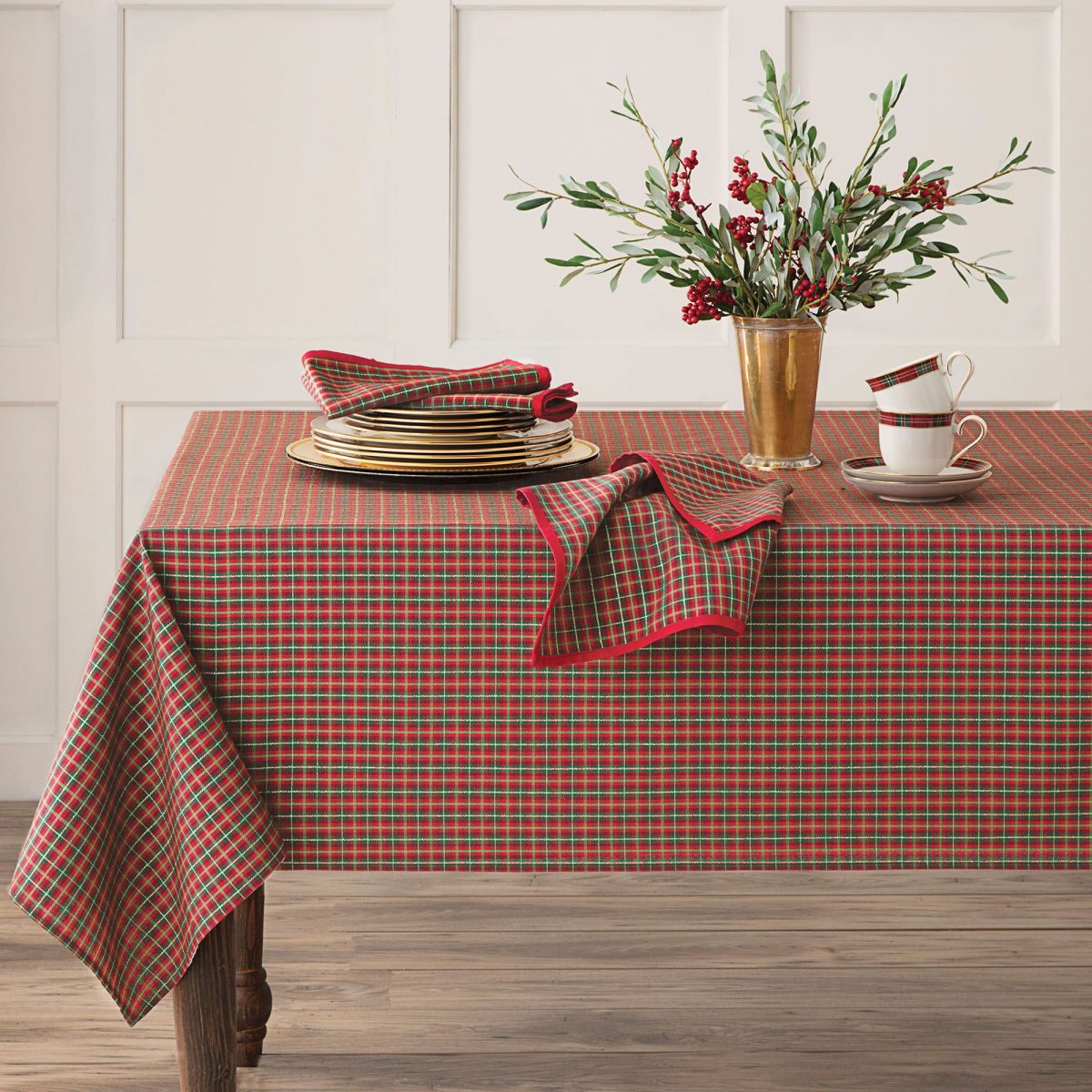

Tableware
Why Were Tablecloths Invented
Modified: January 18, 2024
Discover the history and purpose behind the invention of tablecloths. Explore how tableware has evolved over time and why tablecloths remain an essential part of dining etiquette today.
(Many of the links in this article redirect to a specific reviewed product. Your purchase of these products through affiliate links helps to generate commission for Storables.com, at no extra cost. Learn more)
Introduction
Tablecloths have been an integral part of dining and social gatherings for centuries. These versatile pieces of fabric not only serve as protective covers for tables but also add an element of elegance and style to any setting. Whether it’s a formal dinner party, a casual family meal, or a festive celebration, tablecloths have become a staple in tableware and interior decor.
In this article, we will explore the historical context, practical purpose, cultural significance, and the evolution of tablecloths. We will dive into the fascinating world of tableware, uncovering the reasons behind the invention of tablecloths and how they have evolved over time to suit different needs and preferences.
Key Takeaways:
- Tablecloths have a rich history, evolving from symbols of wealth in ancient civilizations to versatile pieces that enhance dining experiences today. They offer practicality, cultural significance, and aesthetic appeal.
- The evolution of tablecloths reflects changing needs and preferences, with a focus on sustainability and versatility. From formal elegance to casual chic, tablecloths continue to play a vital role in tableware and interior decor.
Read more: When Were Rugs Invented
Historical Context
The use of tablecloths dates back to ancient civilizations, where they were primarily used for practical reasons. In ancient Egypt, for instance, tablecloths were made from linen and used to protect tables from scratches, spills, and stains. They were considered a symbol of wealth and luxury, and only the upper class could afford to have them.
In ancient Rome, tablecloths served a similar purpose. They were made from various fabrics, including linen, wool, and silk. These tablecloths were often adorned with colorful patterns and used to display food and drinks during feasts and banquets. They were seen as a symbol of hospitality and were believed to bring good luck to the host.
During the Middle Ages, tablecloths became more widespread and accessible to the general population. However, they still remained a luxury item for the wealthy. The fabrics used varied depending on the region and the social status of the individual. Linen was the most common material, but silk and velvet were reserved for the nobility.
It wasn’t until the Industrial Revolution in the 19th century that the production of tablecloths became more efficient and affordable. With the advent of textile mills and the mechanization of the production process, tablecloths could be mass-produced and offered at more reasonable prices. This led to the democratization of tablecloths, making them accessible to a wider range of people.
During the Victorian era, tablecloths became more elaborate and decorative. They were often embellished with lace, embroidery, and intricate designs. The dining table was considered a centerpiece of the home, and the tablecloth played a significant role in setting the tone for formal dining.
Today, tablecloths come in a variety of styles, materials, and designs. From classic white linen tablecloths to modern and vibrant patterns, there is a tablecloth to suit every taste and occasion. They are no longer exclusive to formal dining settings but are also used in casual and outdoor dining, adding a touch of elegance and sophistication.
Practical Purpose
The practical purpose of a tablecloth is to provide a protective layer for the table surface. Whether it’s a wooden dining table, a glass coffee table, or an outdoor picnic table, using a tablecloth helps safeguard the surface from scratches, spills, and heat damage. This not only prolongs the lifespan of the table but also maintains its aesthetic appeal.
Tablecloths also serve as a barrier between hot serving dishes and the table surface, preventing heat stains or marks. They provide insulation and help to maintain the temperature of the food, ensuring that it stays hot or cold for longer.
Furthermore, tablecloths offer practicality in terms of easy cleanup. Instead of cleaning the table surface directly, a stained or soiled tablecloth can be removed and laundered. This convenience saves time and effort in maintaining a clean and presentable dining area.
In addition to their protective function, tablecloths also contribute to the overall ambiance and decor of a dining space. They add a layer of elegance and sophistication, setting the stage for a more formal or festive dining experience. The choice of fabric, color, and design can greatly influence the atmosphere and style of the dining occasion.
For everyday use, tablecloths can be more functional, offering a practical and hygienic solution. They provide a clean and uniform surface for meals, especially in households with young children or messy eaters. Many tablecloths are made from stain-resistant materials, making them easy to clean and maintain.
Additionally, tablecloths are versatile and customizable. They can be easily changed to suit different occasions, seasons, or personal preferences. Whether it’s a holiday gathering, a special celebration, or just a regular family meal, a tablecloth can be chosen to reflect the mood and theme of the event.
Overall, the practical purpose of a tablecloth extends beyond just protection. It enhances the dining experience, adds beauty to the table, and provides a convenient way to maintain cleanliness and hygiene in the dining area.
Tip: Tablecloths were invented to protect tables from spills, scratches, and heat damage. They also add a decorative touch to dining settings.
Cultural Significance
Tablecloths hold a significant cultural value in many societies around the world. They are not only practical items but also symbols of hospitality, elegance, and tradition.
In many cultures, the act of covering a table with a tablecloth is a sign of respect and hospitality towards guests. It signifies that the host has taken the time and effort to prepare a welcoming environment for their visitors. The use of a tablecloth demonstrates an attention to detail and a desire to create a pleasant dining experience for guests.
In some cultures, certain types of tablecloths are associated with specific occasions or rituals. For example, in Chinese culture, red tablecloths are often used during festive celebrations like the Lunar New Year. Red symbolizes luck and prosperity, and using red tablecloths is believed to bring good fortune to the household.
In Western cultures, formal dining occasions often call for the use of tablecloths. Whether it’s a dinner party, a holiday gathering, or a special occasion, a beautifully set table with a crisp, white tablecloth is considered a standard for elegant dining. It adds a touch of refinement and sophistication to the overall ambiance.
Tablecloths can also showcase a region’s unique artistic traditions and craftsmanship. In countries like India, tablecloths are often handcrafted with intricate embroidery or block-printed designs. They can feature motifs that reflect the cultural heritage and traditions of the region. Using such tablecloths not only adds beauty to the dining space but also serves as a way to appreciate and preserve local art forms.
Furthermore, tablecloths can help preserve cultural customs and rituals. In some traditional ceremonies and religious observances, specific types of tablecloths may be used to symbolize purity or sacredness. They play a role in conveying the significance and reverence of these cultural practices.
Overall, tablecloths are deeply rooted in cultural traditions and customs. They offer a glimpse into the history, values, and aesthetics of a particular society, making them more than just functional items.
Evolution and Adaptations
Tablecloths have evolved and adapted over time to meet the changing needs and preferences of individuals and societies.
One major evolution in tablecloths is the variety of fabrics used. In the past, tablecloths were primarily made from linen, silk, wool, or velvet. However, with advancements in technology and textile manufacturing, a wide range of materials are now used, including cotton, polyester, blends, and even eco-friendly options like organic cotton or recycled fabrics. These different materials offer various benefits such as durability, affordability, stain resistance, and easy care.
Another adaptation is the introduction of different shapes and sizes of tablecloths. Traditionally, tablecloths were rectangular in shape and designed to fit standard dining tables. However, today, one can find square, round, oval, and even custom-shaped tablecloths to accommodate different table sizes and shapes. This allows for greater versatility in table setting and design.
Modern tablecloths also come in a wide range of patterns, colors, and designs. From classic solid colors to bold prints, floral motifs, geometric patterns, and even digital prints, there is a tablecloth to suit every style and personal preference. This allows individuals to express their creativity and enhance the aesthetics of their dining space.
In recent years, there has been a growing trend towards eco-consciousness and sustainability. As a result, many manufacturers are now producing tablecloths using organic and eco-friendly fabrics, reducing the use of harmful chemicals, and employing sustainable production practices. This shift reflects a growing awareness and commitment to environmentally friendly options in tableware.
Furthermore, tablecloths have adapted to the needs of different settings and occasions. Outdoor tablecloths, for example, are designed to withstand weather elements, resist fading, and be easy to clean. They are often made from materials like vinyl or polyester that are more durable and resistant to spills and stains.
The rise of casual dining and lifestyle changes has also led to the popularity of more relaxed and informal tablecloth options. These may include table runners, placemats, or even just using a simple cloth napkin as a centerpiece on the table. This shift reflects a desire for a more laid-back and effortless dining experience.
With technological advancements, tablecloths have also become more functional. Some come equipped with features like elasticized edges or clips to keep the cloth securely in place, especially for outdoor or windy settings.
Overall, the evolution and adaptations of tablecloths have allowed them to cater to a variety of needs, preferences, and occasions. From traditional elegance to modern functionality, there is a tablecloth available for every style and requirement.
Read more: How Were Candles Invented
Conclusion
Tablecloths have a long and rich history, serving both practical and cultural purposes. From their origins in ancient civilizations to their modern-day adaptations, tablecloths have evolved to become an essential part of tableware and interior decor.
The invention of tablecloths was driven by the need for protection and cleanliness, and over time, they have become symbols of hospitality, elegance, and tradition. They not only provide a protective layer for the table surface but also enhance the overall dining experience, adding beauty and style to any setting.
Throughout history, tablecloths have reflected the cultural traditions and customs of different societies. They have played a role in celebrations, rituals, and special occasions, acting as a canvas for artistic expression and a representation of cultural heritage.
The evolution of tablecloths has seen changes in materials, shapes, sizes, and designs, catering to diverse needs and preferences. The introduction of eco-friendly options and the focus on sustainability have also influenced the production of tablecloths, reflecting a growing awareness and commitment to environmental responsibility.
Tablecloths have adapted to various settings and occasions, whether it’s formal dining, casual gatherings, outdoor events, or even everyday use. They have become customizable and versatile, allowing individuals to express their creativity and personal style in their table settings.
In conclusion, tablecloths go beyond their practical function of protecting tables; they hold cultural significance and contribute to the ambiance and aesthetics of dining spaces. They have evolved and adapted throughout history, becoming a staple in tableware and an integral part of our dining experiences.
So, the next time you gather around a beautifully set table with a tablecloth adorning it, take a moment to appreciate the history, symbolism, and craftsmanship that have gone into this simple yet remarkable piece of fabric.
Frequently Asked Questions about Why Were Tablecloths Invented
Was this page helpful?
At Storables.com, we guarantee accurate and reliable information. Our content, validated by Expert Board Contributors, is crafted following stringent Editorial Policies. We're committed to providing you with well-researched, expert-backed insights for all your informational needs.
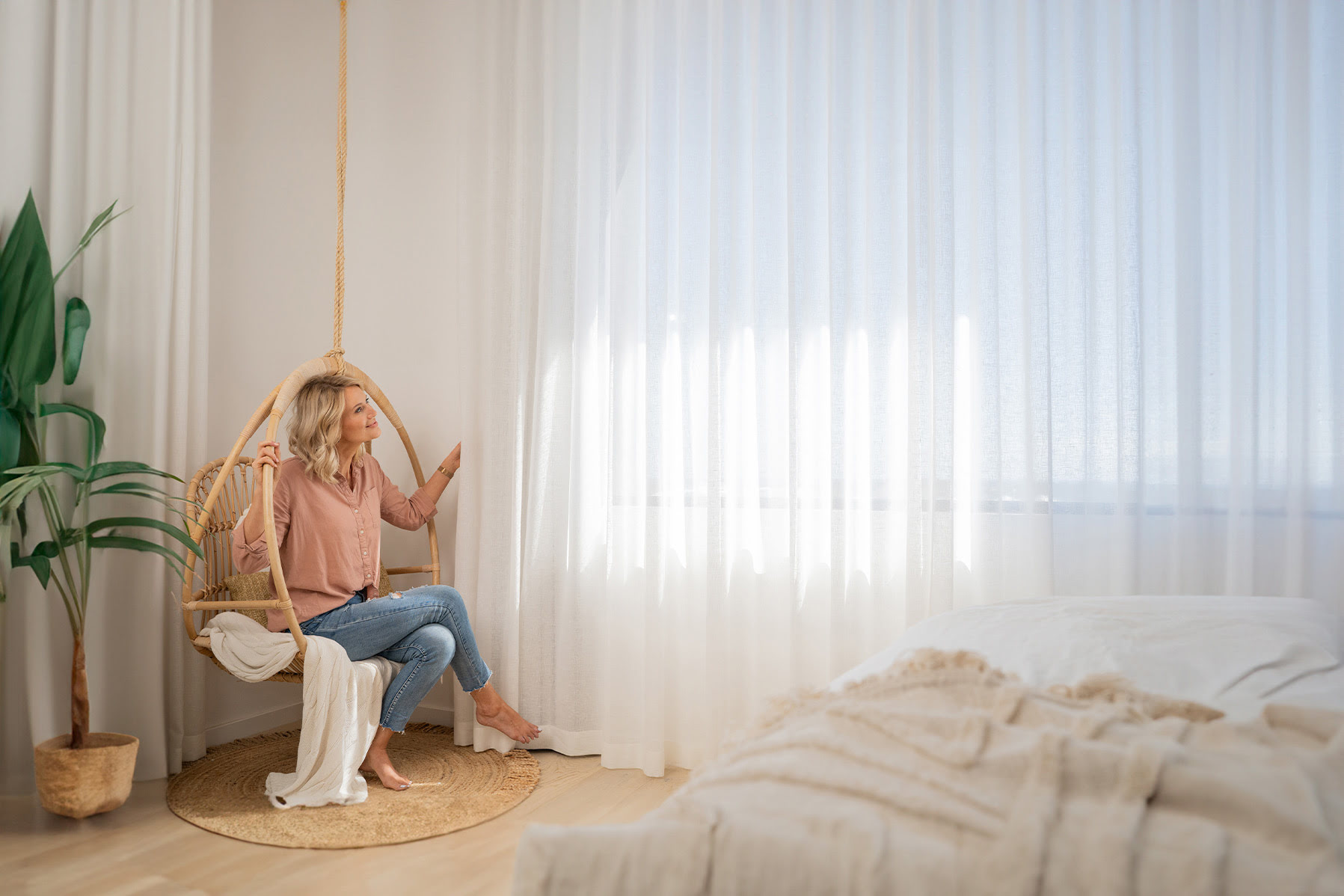
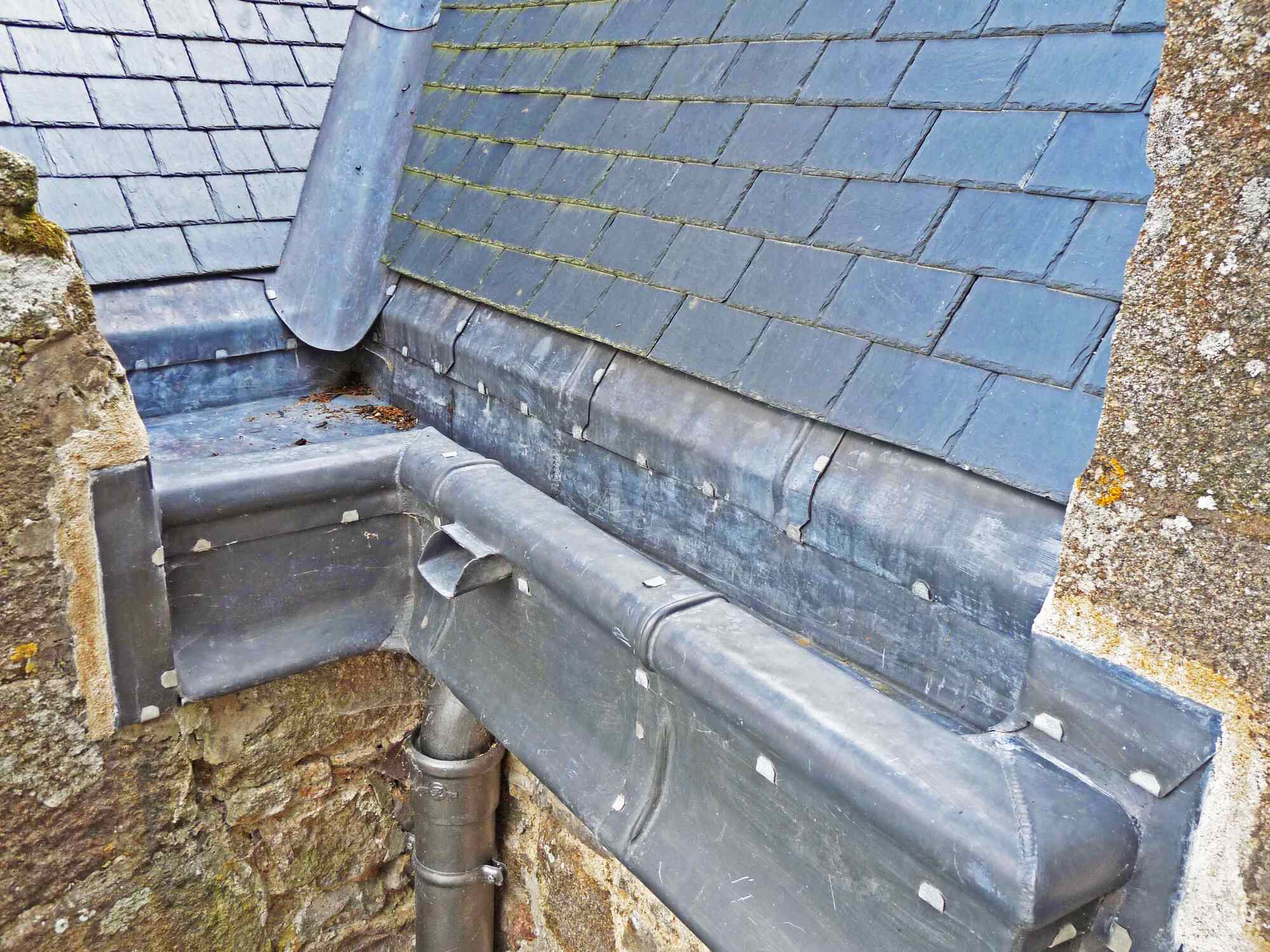
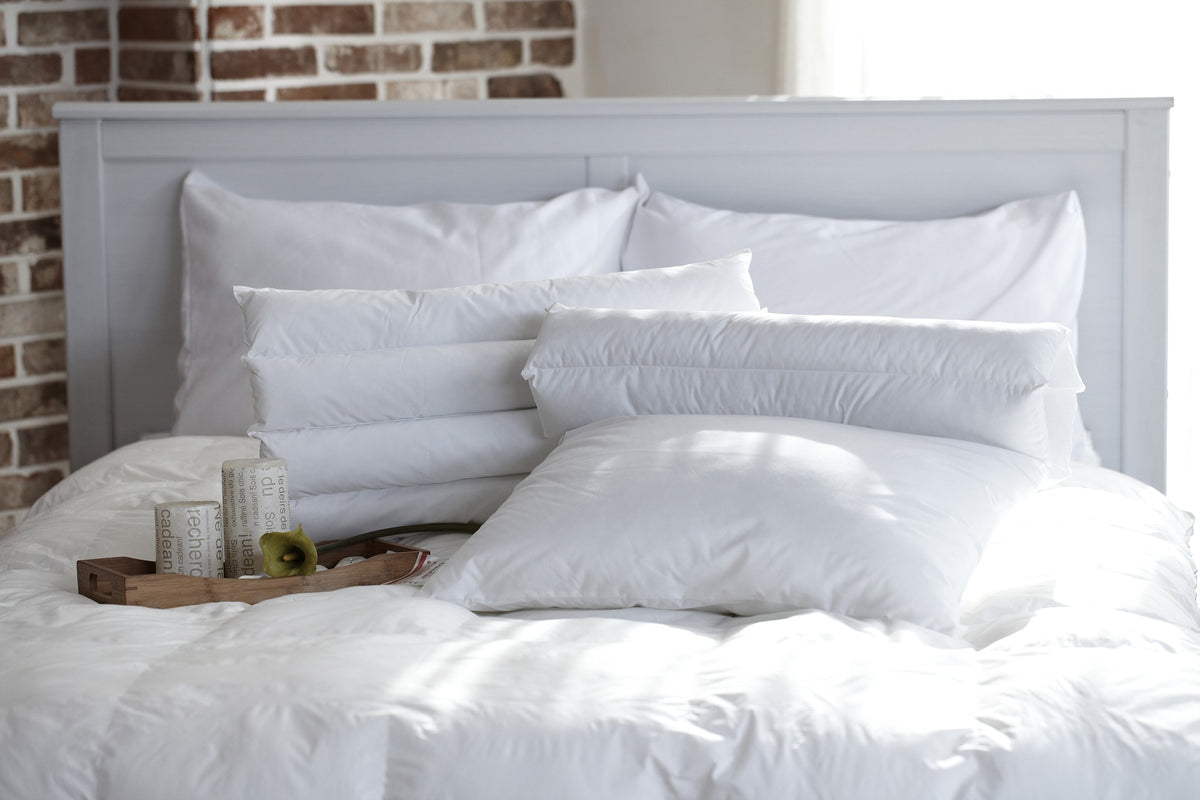
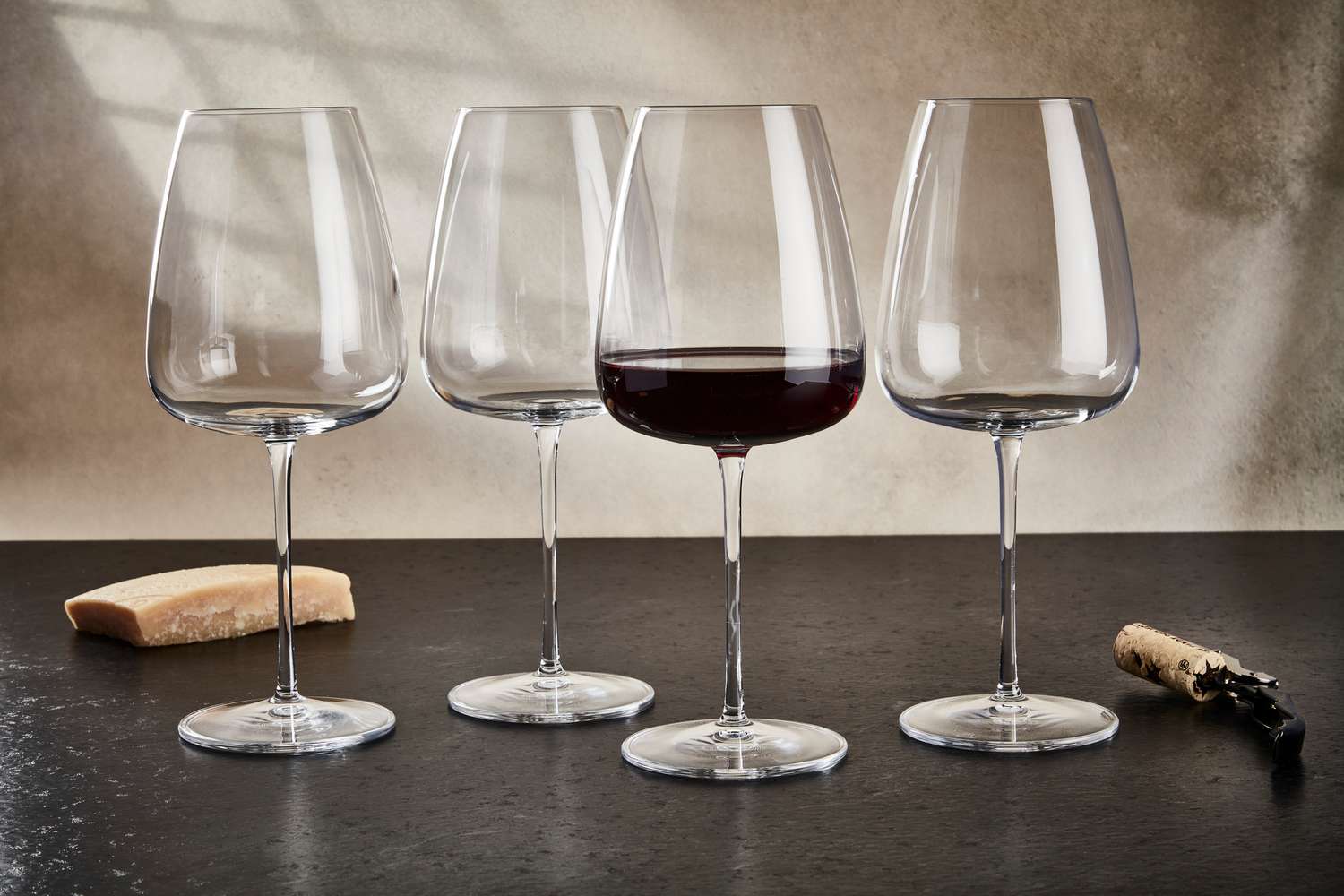
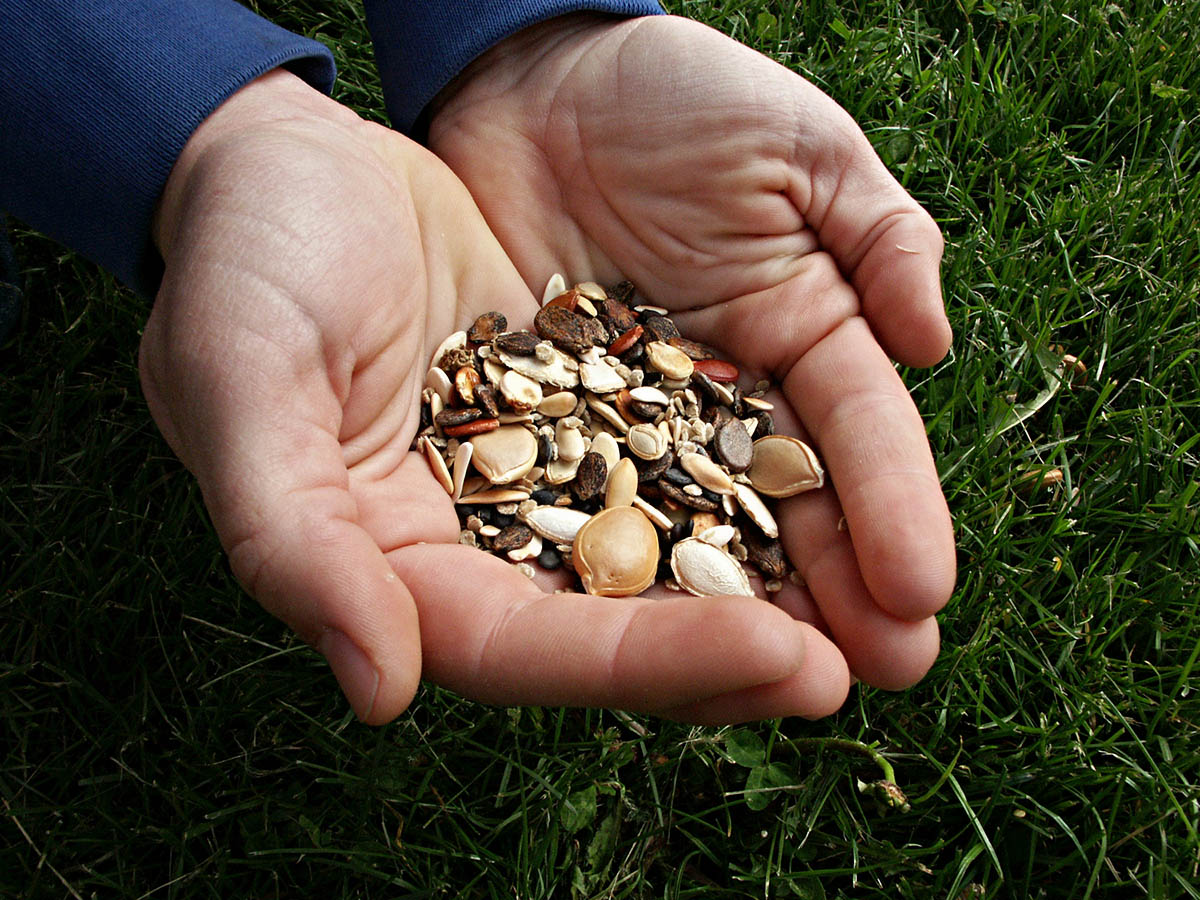
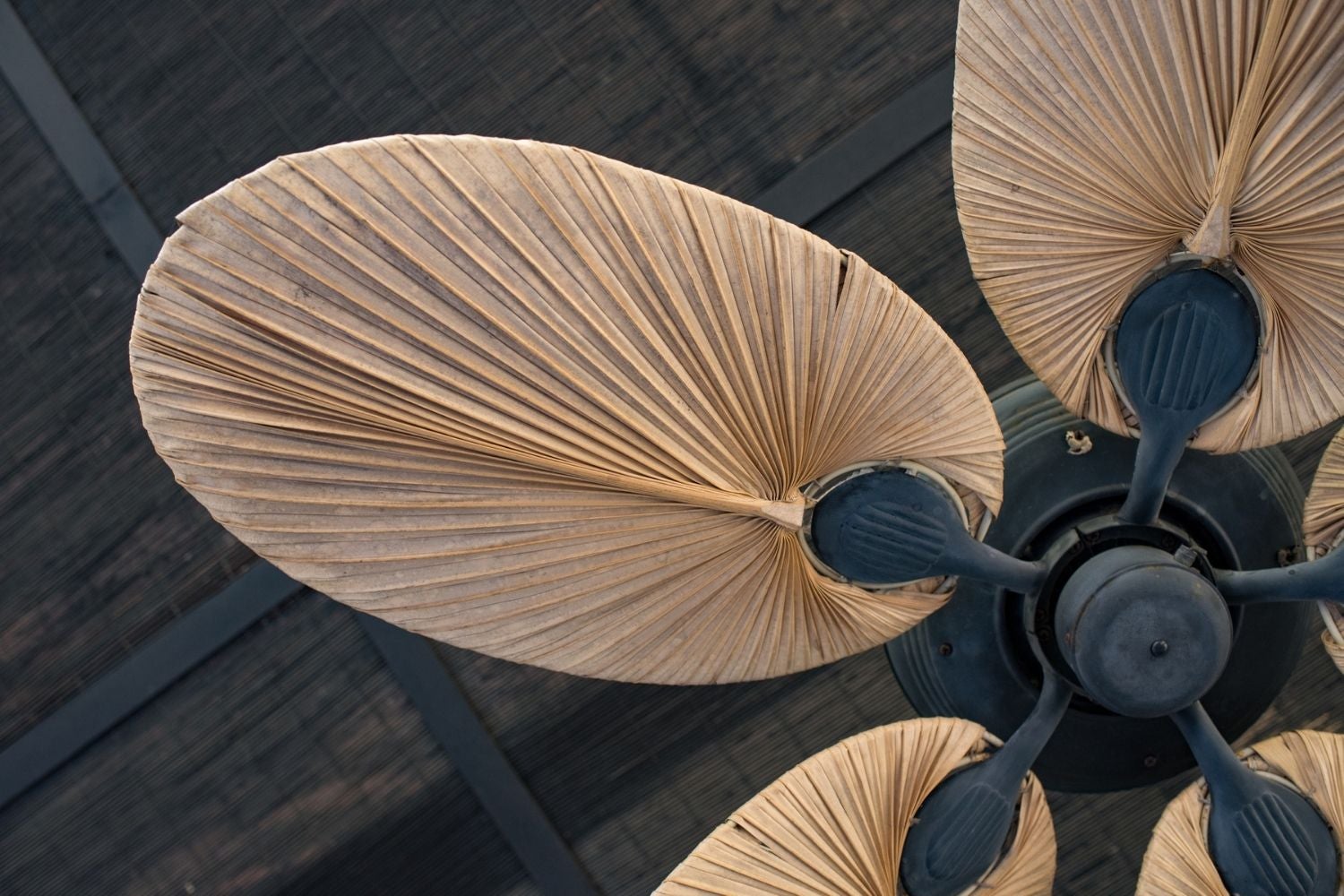
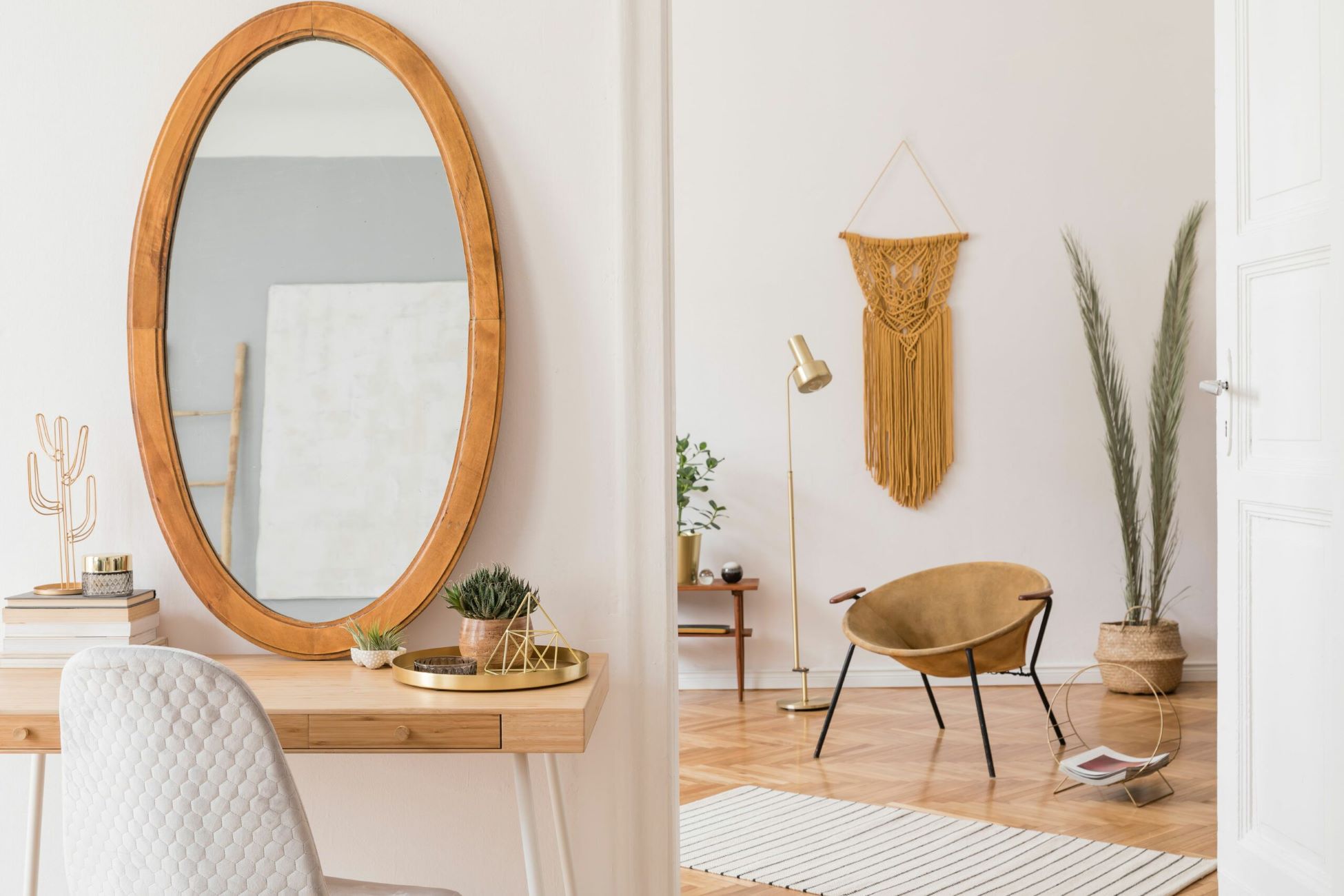


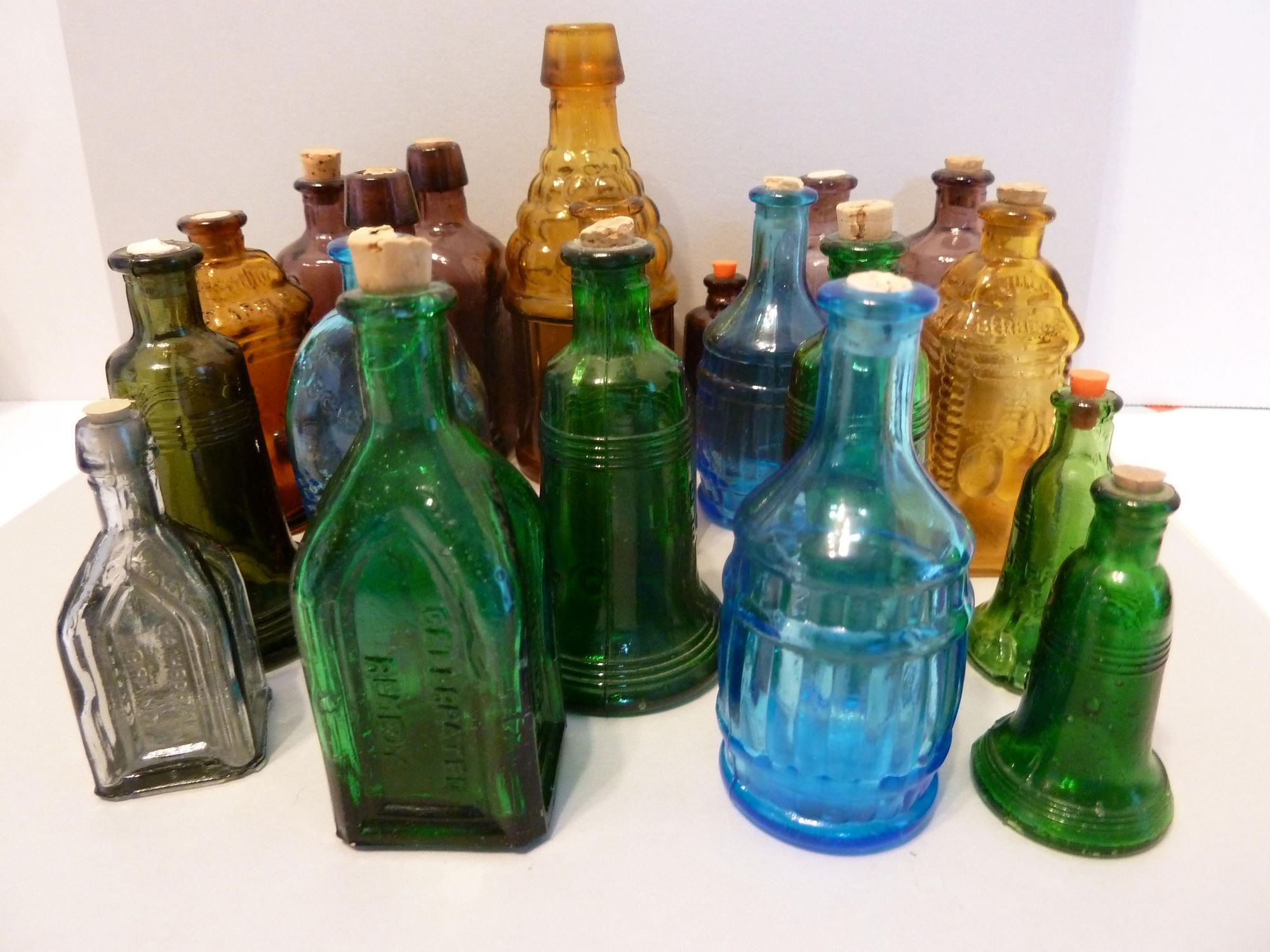
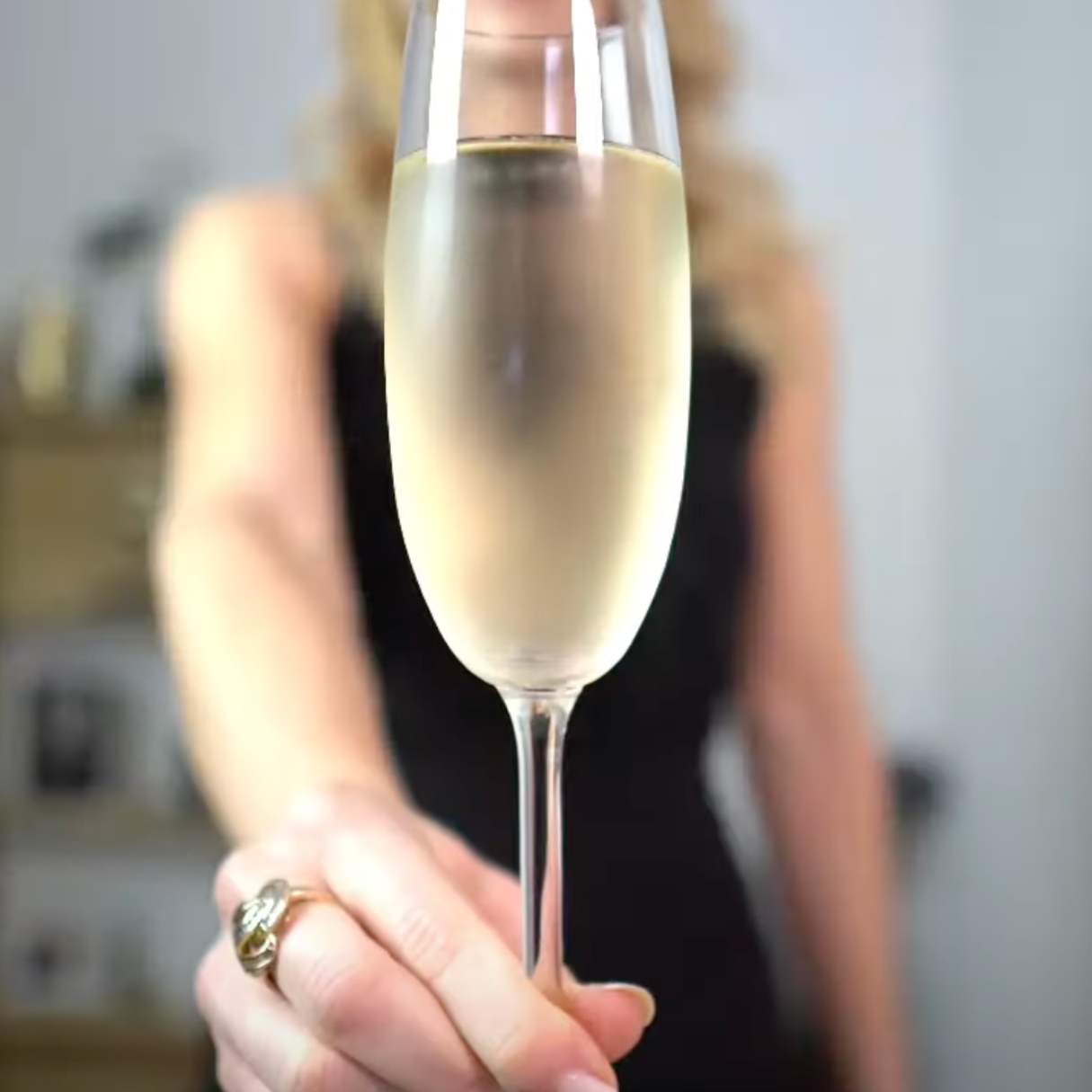
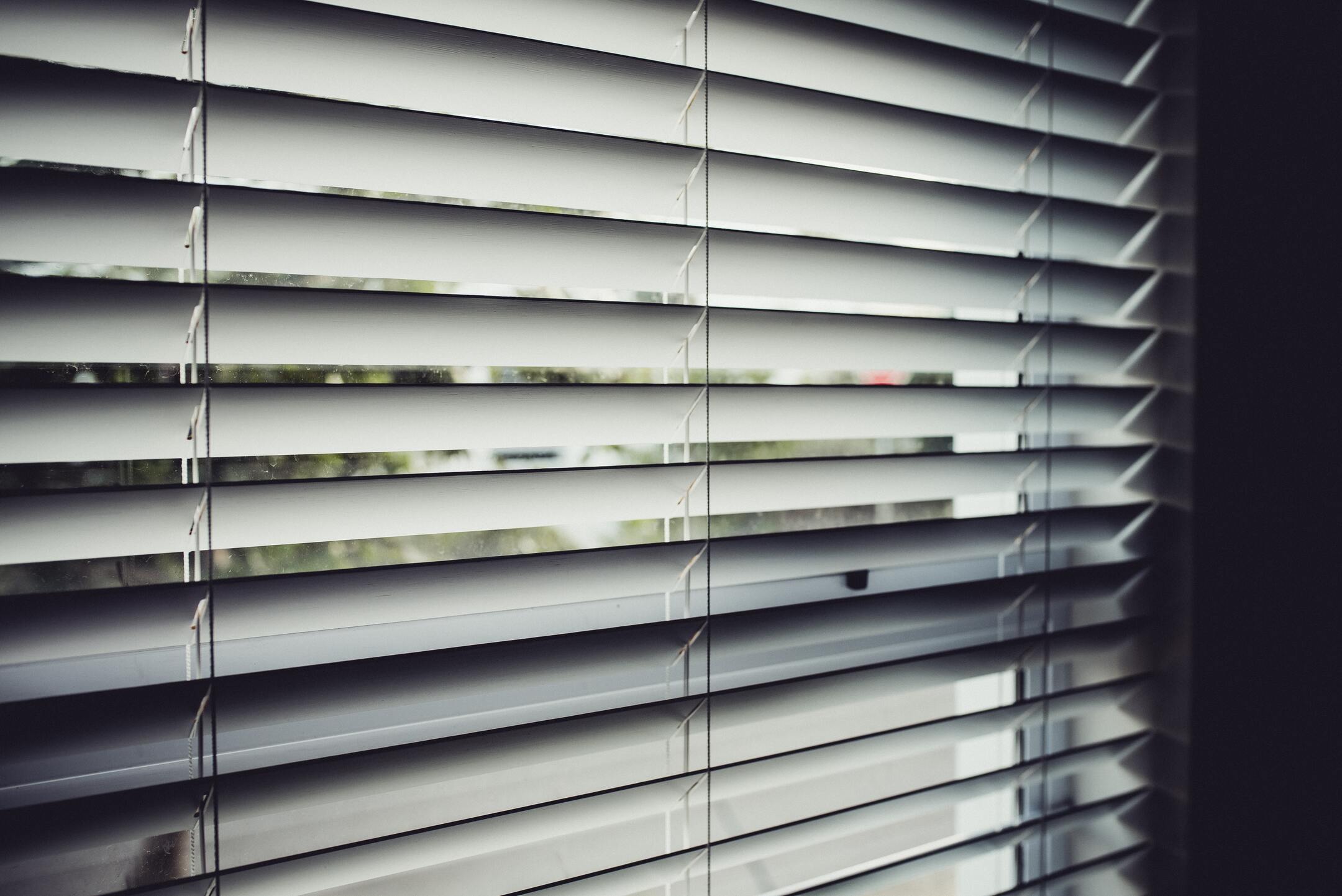
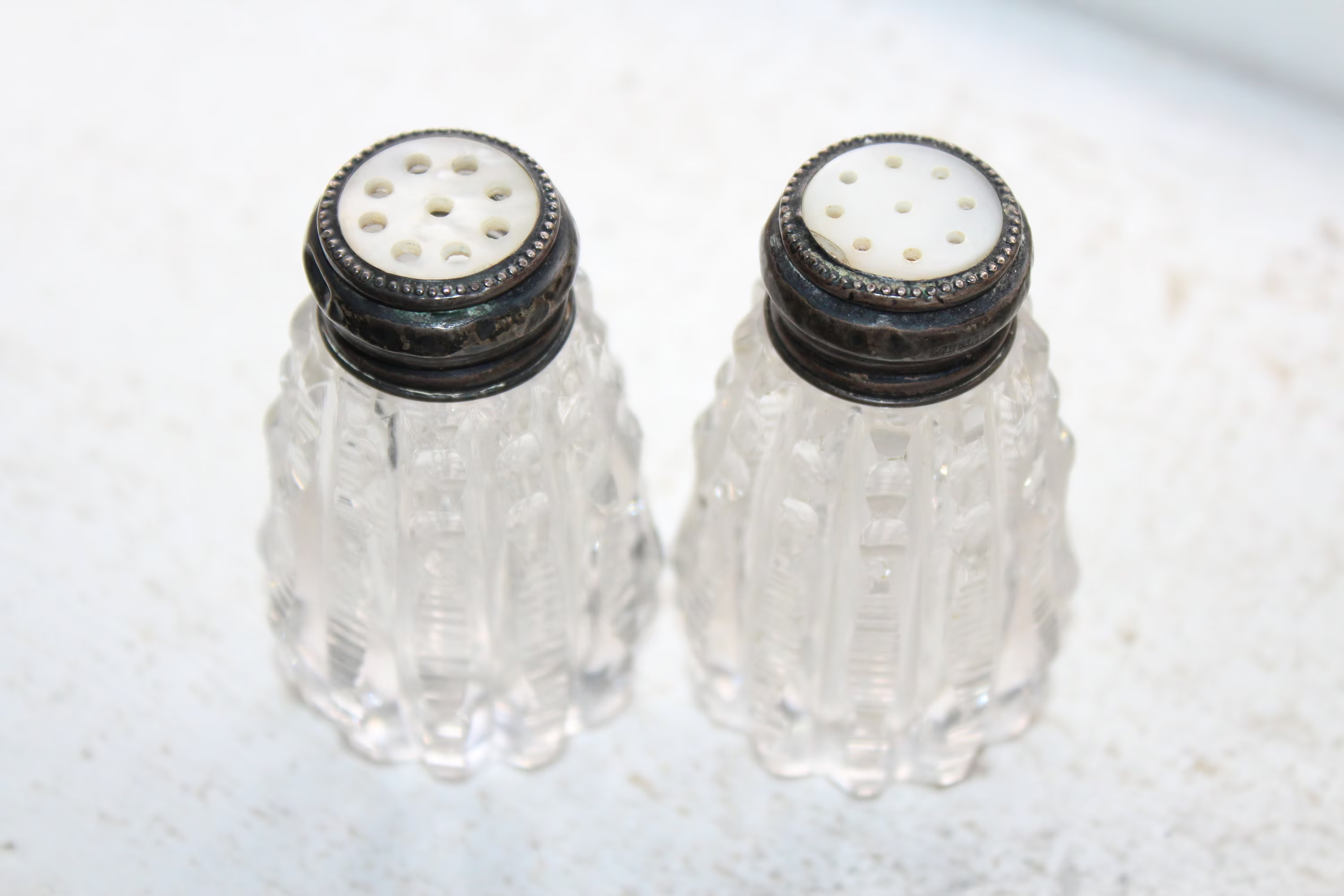


0 thoughts on “Why Were Tablecloths Invented”